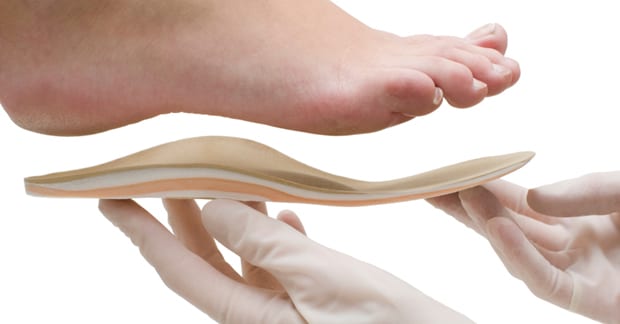Fibromyalgia (FM) is a condition that (typically) evolves slowly over time and often occurs for no apparent reason. The diagnosis is usually made by excluding other conditions leaving you with a diagnosis that in the absence of anything else, “….must be fibromyalgia.” Of course, the problem with that approach is that we all want to know, “…what caused this problem to start with?” In the end, we typically have to accept the fact that, “…it just did,” and move on to, “…now what are we going to do about it?”
A multi-disciplinary (involving several different types of doctors and approaches) treatment approach has been found to work well with Fibromyalgia patients. This approach may include medications from a primary care doctor who is aware and sensitive to this potentially disabling condition, massage therapy from a muscle relaxation point of view, clinical psychology when the stresses associated with FM become overwhelming and out of control, and chiropractic to quarterback joint mobility, diet management, exercise training, modality use, and possibly offering foot orthotics.
Because chiropractic embraces the concept of treating the whole person, this premise fits perfectly in the treatment plan for the FM patient since the entire body is considered, not just a specific area or system. In this approach, we assess posture, movement, alignment, and function and implement treatments to improve each of those areas.
During the postural assessment, because we are a 2-legged species, the feet must be carefully assessed for function and alignment. If you watch people walk, you will often see their ankles roll in with each step and for some, this can be quite dramatic with their ankle rolling inward and almost hitting the floor. What’s interesting is that most people don’t even know they are doing it! The truth is, most people with flat feet (technically called pes planus) and rolling-in ankles (ankle pronation) don’t have any foot pain or symptoms associated with the altered function. In fact, people with very high arches (pes cavus) usually have more foot pain than the flat footed person. If you look at the shoes of those of us who pronate (which is about 80% of us), the wear pattern is usually quite excessive on the outer corner of the heel. Sound familiar? It is very common! So, why bother “fixing” ankle pronation if it doesn’t hurt? The answer is that biomechanical function is altered and it negatively affects the rest of the body quite significantly. Here’s what happens… When the ankle rolls in, the knee has to “knock” inwards, the hip has to impinge inwards, the pelvis on that side drops, and the spine has to compensate for the pelvic drop and bend away from that side. Watch the shoulders and head sway back and forth as the pronated/flat footed person walks the next time you’re walking at the grocery store, mall, or airport.
So, how does the use of foot orthotics help the FM patient? It has been reported that it takes up to seven times more energy to walk when the ankles pronate excessively. Chronic fatigue is a frequent complaint in the FM patient, and the less energy expended from walking, the more energy will be left over for other daily tasks. Also, the biomechanical stresses on the ankle, knee, hip, and spine will be smaller from wearing foot orthotics, correcting the excessive side-to-side strain on the various joints. The journal Clinical Rheumatology recently reported a significant benefit when foot orthotics were used in the treatment of FM. The bottom line is that this is a VERY SIMPLE FIX and when so much of FM is so difficult to treat, this a no-brainer!
Thousands of Doctors of Chiropractic across the United States and Canada have taken "The ChiroTrust Pledge":
“To the best of my ability, I agree to
provide my patients convenient, affordable,
and mainstream Chiropractic care.
I will not use unnecessary long-term
treatment plans and/or therapies.”
To locate a Doctor of Chiropractic who has taken The ChiroTrust Pledge, google "The ChiroTrust Pledge" and the name of a town in quotes.
(example: "ChiroTrust Pledge" "Olympia, WA")
Content Courtesy of Chiro-Trust.org. All Rights Reserved.

